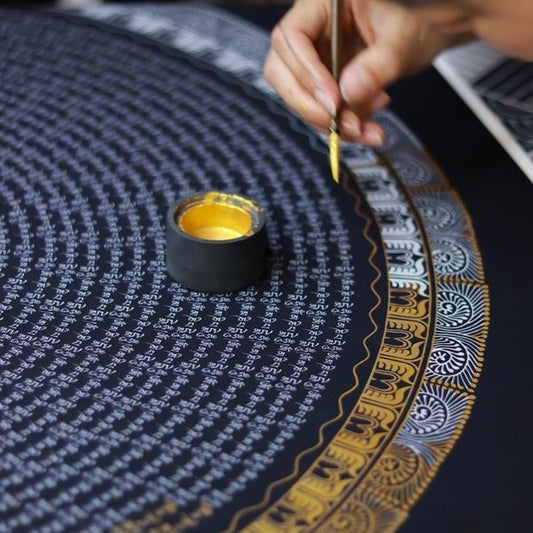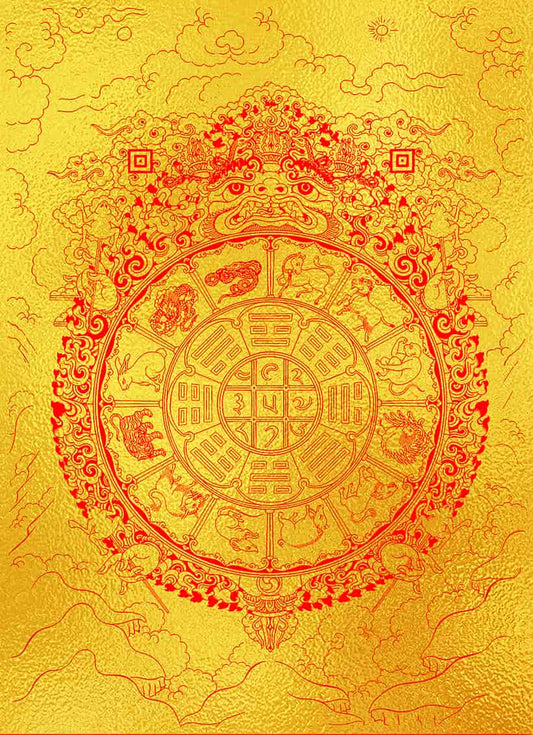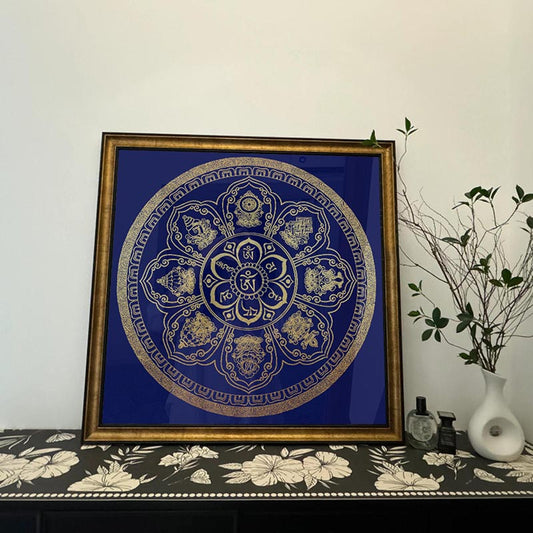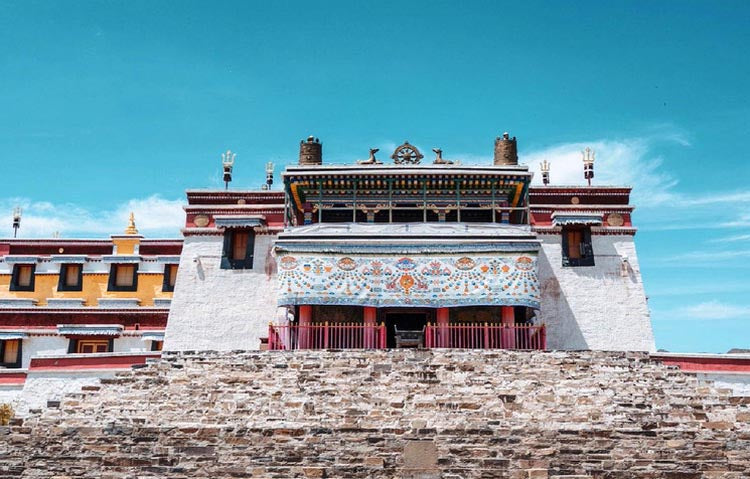Medicine Buddha Thangka A Journey into Healing and Art
Medicine Buddha Thangka A Journey into Healing and Art
Nestled in the heart of Tibetan art and spirituality is the Medicine Buddha thangka, a vivid tapestry of meaning and craftsmanship. It is a gateway to understanding humanity's timeless quest for healing and health, woven together with strokes of paint and threads of devotion. Unlike many Western depictions of deities, these thangkas are not simply art pieces meant to be passively admired. Instead, they are vibrant spiritual tools, meant to transform the spaces they occupy and the spirits that engage with them.
The Medicine Buddha, or Sangye Menla as known in Tibetan, is an embodiment of healing, both physical and spiritual. His deep blue hue, akin to the expansive skies over the Tibetan plateau, is not merely a color choice but a representation of the lapis lazuli healing energy. This blue is achieved by grinding natural lapis lazuli stone, a painstaking process ensuring the pigment holds both the vibrancy and spiritual properties necessary for such a sacred depiction. The meticulous choice of pigments reflects a deep-rooted understanding that the materiality of the thangka is intertwined with its spiritual efficacy.
The artistry of a Medicine Buddha thangka is a culmination of rigorous training, often beginning in the monasteries where young monks learn the precision and spiritual discipline required to create these artworks. Each line and color is guided by strict measurements and proportions set forth over centuries. The intricate iconography is not merely decorative; it's a visual scripture. The seven bowls of medicine lined at the base, the halo of wisdom around the deity's head, and the medicinal plants cradled in Buddha's palm weave a complex narrative of healing and transformation.
This art form is an inheritance passed down through generations, often within families or monastic communities. Each thangka carries with it the spirit of its maker, along with insights and blessings from its lineage. It’s a tangible link to Tibetan culture’s reverence for healing, echoing a belief that true health encompasses both body and mind. When I first encountered a Medicine Buddha thangka, I was struck not only by its beauty but by the palpable sense of tranquility it conveyed, as if it were whispering ancient secrets of well-being.
Despite its ancient roots, the appeal of the Medicine Buddha transcends cultural boundaries. It speaks to a universal longing for wholeness and balance. Perhaps in our frenetic modern world, there's something profoundly reassuring about an art form rooted in such ancient wisdom. After all, it reminds us that healing is not just a physical process but an art — a journey of both heart and spirit.
In a sense, Medicine Buddha thangkas serve as a mirror, reflecting our own aspirations for healing, not just of individuals, but of communities and environments. For those who choose to hang these thangkas in their homes or places of meditation, they offer a path to mindfulness and a reminder that wellness is not a destination but a delicate dance of balance and harmony. It's heartening to think that in these vivid scrolls, ancient artisanal skill meets timeless spiritual teaching, presenting a resonant call to nurture our own well-being.





